Home>Fans, Heaters & Lighting>How Much Electric Does A Space Heater Vs. A Heated Blanket Use?
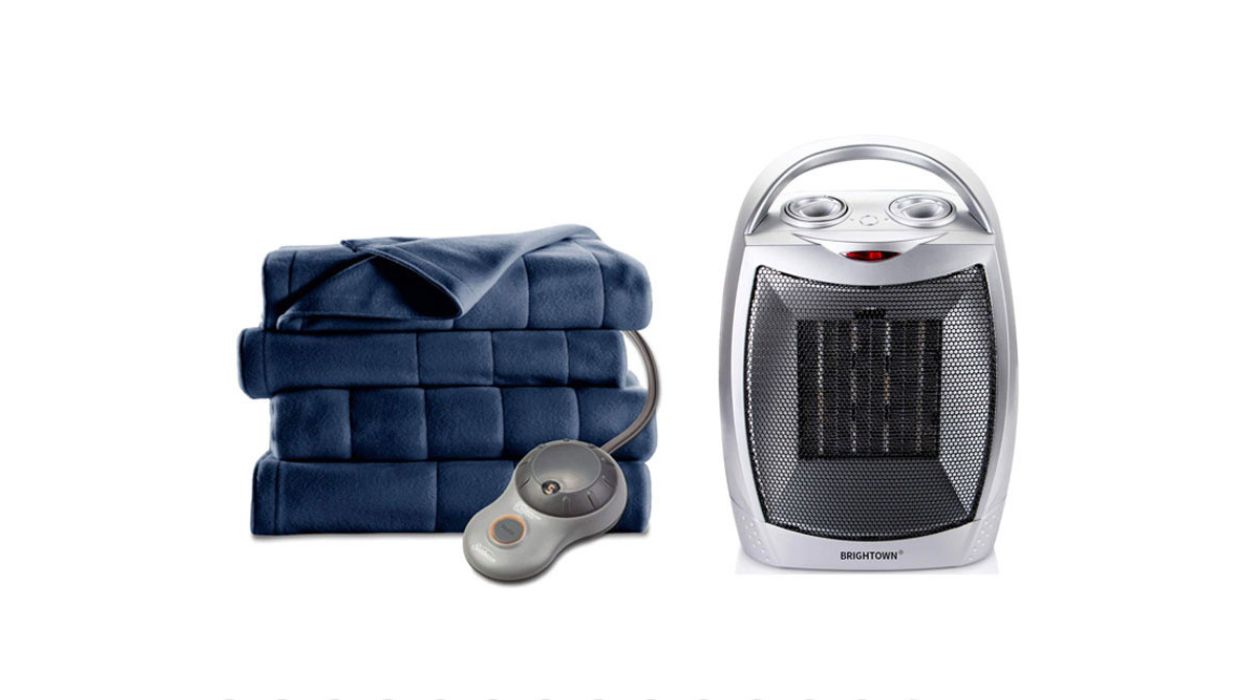

Fans, Heaters & Lighting
How Much Electric Does A Space Heater Vs. A Heated Blanket Use?
Modified: January 7, 2024
Discover the energy consumption difference between space heaters and heated blankets in this informative article. Find out how much electricity each appliance uses and make an informed decision on which one is more efficient.
(Many of the links in this article redirect to a specific reviewed product. Your purchase of these products through affiliate links helps to generate commission for Storables.com, at no extra cost. Learn more)
Introduction
Welcome to our comprehensive guide on the power consumption of space heaters versus heated blankets. With colder temperatures and the need for warmth, many people turn to space heaters and heated blankets as effective solutions for keeping cozy during the winter months. However, it’s important to consider the electrical usage of these appliances to make informed decisions about energy consumption and potential costs.
Space heaters and heated blankets are both designed to provide warmth, but they function in different ways. Space heaters are standalone devices that generate heat by using electricity to convert it into thermal energy. On the other hand, heated blankets are electric blankets that contain built-in heating elements to radiate heat directly onto the user.
In this article, we will explore the power consumption of space heaters and heated blankets, discussing the factors that can influence their electricity usage. Additionally, we will provide calculations to estimate the energy consumption of these appliances and compare the power usage between the two.
Understanding the power consumption of space heaters and heated blankets is crucial for several reasons. First and foremost, it allows you to estimate the impact on your utility bills. By knowing the energy consumption of these appliances, you can make informed decisions about when and how to use them to optimize energy efficiency and minimize costs.
Furthermore, understanding the power requirements of space heaters and heated blankets is important for electrical safety. Overloading circuits or using appliances that draw too much power can lead to tripped breakers or even electrical fires. By knowing the power consumption of these appliances, you can ensure that you are using them within the limits of your electrical system.
Now that we’ve established the importance of understanding the power consumption of space heaters and heated blankets, let’s delve into each appliance category and explore their respective power usage in more detail.
Key Takeaways:
- Space heaters generally have higher wattage ratings compared to heated blankets, making them suitable for heating larger areas. Factors such as wattage, thermostat settings, and room size can influence their electricity usage.
- Heated blankets are more energy-efficient with lower wattage and personalized heat distribution. Factors such as wattage, thermostat settings, and usage duration impact their electricity usage. Consider safety and energy-saving practices when using these appliances.
Overview of Space Heaters
Space heaters are versatile appliances that provide localized heat in a specific area, making them ideal for heating individual rooms or small spaces. They come in various types, including convection heaters, radiant heaters, and ceramic heaters, each utilizing different mechanisms to generate heat.
Convection heaters work by heating the air around them and circulating it throughout the room. These heaters typically have a heating element that warms the air, which then rises and spreads through convection currents. Examples of convection heaters include oil-filled heaters and fan-forced heaters.
Radiant heaters, as the name suggests, radiate heat directly into the surrounding area. They use a heating element or infrared technology to generate and emit heat, which warms nearby objects and people. Radiant heaters are often preferred for immediate, focused heat and are commonly found in outdoor patios and garages.
Ceramic heaters use ceramic plates or coils that heat up when an electric current passes through them. The heat is then released into the surrounding space while a fan helps distribute the warm air. Ceramic heaters are known for their quick and efficient heat output.
When it comes to power consumption, the wattage of a space heater plays a significant role. The higher the wattage, the more electricity the heater will use. Space heaters typically range from 750 to 1500 watts, with higher wattage models providing more heat output. However, it’s important to note that higher wattage also means higher energy consumption and potentially increased electricity costs.
Additionally, space heaters may come with different heat settings, allowing users to adjust the level of warmth according to their comfort. Lower heat settings consume less electricity, while higher settings translate to higher energy usage.
It’s worth mentioning that space heaters should be used with caution and in accordance with the manufacturer’s instructions. They should not be left unattended and should be kept away from flammable materials, such as curtains or furniture, to reduce the risk of fire hazards.
In the next section, we will explore the factors that influence the electricity usage of space heaters in more detail.
Power Consumption of Space Heaters
The power consumption of space heaters is primarily determined by their wattage rating and the duration of use. Wattage refers to the amount of electrical power that an appliance consumes, and it directly affects the heat output of space heaters.
As mentioned earlier, space heaters typically range from 750 to 1500 watts. Lower wattage models use less electricity and generate less heat, while higher wattage models provide more warmth but consume more energy. It’s essential to consider the wattage of a space heater when purchasing one, as it directly influences both the comfort level and the energy consumption.
To calculate the energy consumption of a space heater, you need to consider the wattage and the duration of use. The formula to determine the energy consumption is:
Energy Consumption (in kWh) = (Wattage x Hours of Use) / 1000
For example, let’s say you have a 1000-watt space heater used for 4 hours per day:
Energy Consumption = (1000 watts x 4 hours) / 1000 = 4 kWh
Keep in mind that this calculation provides an estimate of the energy consumed by the space heater. Actual consumption may vary depending on factors such as the thermostat setting and the insulation of the room.
In addition to wattage and duration of use, other factors can influence the electricity usage of space heaters. These include:
- Thermostat Settings: Space heaters equipped with thermostats allow you to control the temperature. Lowering the thermostat setting can reduce energy consumption.
- Insulation: The level of insulation in the room affects how well heat is retained. Well-insulated spaces can retain heat more effectively, reducing the runtime of the space heater and consequently lowering energy usage.
- Room Size: Larger rooms typically require more heating and may require a higher wattage space heater to maintain comfort. Smaller rooms may require lower wattage heaters, resulting in lower energy usage.
- Ambient Temperature: The starting temperature of the room influences how long the space heater needs to run to reach the desired temperature. Colder starting temperatures may lead to longer usage times and higher energy consumption.
- Occupancy: If the room is frequently occupied and doors are opened frequently, heat loss can occur, requiring the space heater to run for longer periods.
By understanding these factors and considering them when using space heaters, you can optimize energy efficiency and minimize electricity consumption.
In the next section, we will take a closer look at heated blankets and their power usage.
Factors Affecting Space Heater Electricity Usage
Several factors can impact the electricity usage of space heaters. By understanding these factors, you can make informed decisions to optimize energy efficiency and minimize electricity costs. Let’s explore the key factors that affect space heater electricity usage:
- Wattage: The wattage of the space heater directly determines its power consumption. Higher wattage models generate more heat but consume more electricity. Consider the size of the area you need to heat and choose a space heater with an appropriate wattage to avoid unnecessary energy consumption.
- Thermostat Settings: Space heaters equipped with thermostats allow you to control the desired temperature. Maintain the thermostat at an optimal level, avoiding excessive heat output and unnecessary energy usage.
- Insulation: The insulation of the room plays a vital role in heat retention. Well-insulated rooms retain heat more effectively, reducing the workload on the space heater and minimizing energy consumption. Consider improving insulation in poorly insulated areas to enhance energy efficiency.
- Room Size: The size of the room impacts the heating requirements. Larger rooms may require higher wattage space heaters to reach comfortable temperatures, while smaller rooms may require lower wattage models. Using an appropriately sized space heater ensures efficient energy usage.
- Ambient Temperature: The starting temperature of the room affects how long the space heater needs to run to achieve the desired warmth. Starting with a lower room temperature may require the space heater to work for a longer duration, increasing energy consumption. Keep the room at a moderate temperature when not in use to reduce the workload on the space heater.
- Occupancy and Door Openings: The frequency of room occupancy and opening doors can lead to heat loss, requiring the space heater to compensate for the heat loss. Minimize door openings and ensure the room is properly sealed to prevent unnecessary energy waste.
- Usage Patterns: The duration and frequency of space heater usage impact energy consumption. Avoid leaving the space heater on when it’s not needed. Utilize timers or programmable thermostats to optimize usage and reduce energy waste.
By considering these factors and taking appropriate measures, you can maximize the energy efficiency of your space heater and minimize the associated electricity usage.
Next, we will explore the calculation of space heater energy consumption to provide you with a better understanding of its impact on your utility bills.
Calculation of Space Heater Energy Consumption
To calculate the energy consumption of a space heater, you need to consider its wattage and the duration of use. The formula to determine energy consumption is:
Energy Consumption (in kilowatt-hours) = (Wattage x Hours of Use) / 1000
Let’s walk through an example to illustrate the calculation. Suppose you have a 1500-watt space heater that runs for 4 hours per day:
Energy Consumption = (1500 watts x 4 hours) / 1000 = 6 kilowatt-hours
This means that your space heater consumes 6 kilowatt-hours of electricity per day.
However, it’s essential to note that this is just an estimate, as actual energy consumption may vary based on factors such as thermostat settings, insulation, and room size. For a more accurate assessment, you can use an energy monitoring device or consult your utility provider for detailed electricity usage information.
Once you have calculated the energy consumption of your space heater, you can estimate its impact on your utility bills. Multiply the energy consumption by the cost per kilowatt-hour charged by your utility provider. For example, if your utility charges $0.15 per kilowatt-hour:
Estimated Cost = Energy Consumption x Cost per Kilowatt-hour
= 6 kilowatt-hours x $0.15
= $0.90 (for 4 hours of use)
Keep in mind that this is only an estimation and does not account for other factors such as taxes or additional fees. It’s essential to refer to your utility bill for the precise cost per kilowatt-hour and take into account any applicable charges specific to your location and provider.
By calculating the energy consumption and associated costs, you can make informed decisions about the usage of your space heater and adjust its operation to optimize energy efficiency and save on electricity expenses.
Now that you understand the calculation of space heater energy consumption, let’s move on to discussing heated blankets and their power usage.
Read more: How Much Electricity Does Air Heating Use
Overview of Heated Blankets
Heated blankets are a cozy and convenient way to stay warm during chilly nights. These electric blankets are designed with built-in heating elements that provide gentle warmth when activated. They come in various sizes and can be used on beds, couches, or even as portable throws.
Heated blankets utilize an electrical heating system to generate and radiate heat directly onto the user. They are equipped with adjustable temperature settings, allowing you to customize the level of warmth to your preference. Some heated blankets even have features like timers and auto-shutoff functions for added safety and energy efficiency.
The power consumption of heated blankets is primarily determined by their wattage and usage duration. Heated blankets typically range from 50 to 200 watts, depending on the size and features of the blanket. Unlike space heaters, which are designed to heat the surrounding air, heated blankets are designed to warm the individual using them, making them a more energy-efficient option for personal warmth.
Heated blankets can provide a soothing and comfortable heat that is distributed evenly across the surface of the blanket. This makes them an excellent choice for those who want to stay warm without the need to heat an entire room or space.
When using a heated blanket, it is essential to follow the manufacturer’s instructions regarding safety precautions, such as not folding the blanket while it is switched on and not covering the blanket with additional layers or heavy items. Proper usage and care ensure the longevity and safe operation of the blanket.
Now that we have covered the basics of heated blankets, let’s explore the power consumption of these cozy accessories in more detail.
When comparing the electric usage of a space heater vs a heated blanket, consider the wattage of each appliance. A space heater typically uses more electricity than a heated blanket, so using a heated blanket can be a more energy-efficient option for staying warm.
Power Consumption of Heated Blankets
Heated blankets provide a comforting and personalized source of warmth, but how much electricity do they consume? Understanding the power consumption of heated blankets is essential to manage energy usage and associated costs.
The power consumption of heated blankets primarily depends on their wattage rating and the duration of use. The wattage of heated blankets typically ranges from 50 to 200 watts, with higher wattage blankets providing more heat output.
To calculate the energy consumption of a heated blanket, you can use the same formula as for space heaters:
Energy Consumption (in kilowatt-hours) = (Wattage x Hours of Use) / 1000
Let’s assume you have a heated blanket with a wattage of 100 watts and you use it for 5 hours per night:
Energy Consumption = (100 watts x 5 hours) / 1000 = 0.5 kilowatt-hours
This means that your heated blanket consumes 0.5 kilowatt-hours of electricity per night.
Compared to space heaters, heated blankets typically have lower wattage and thus consume less energy. This is because heated blankets are designed to provide localized warmth directly to the user, making them more energy-efficient for personal heating needs.
However, it’s important to note that extended use of a heated blanket may still contribute to electricity consumption over time. It’s recommended to turn off and unplug the heated blanket when not in use to further reduce standby power usage.
Additionally, some heated blankets come with advanced features such as programmable timers or auto-shutoff functions. These features allow you to set a specific duration of use or automatically turn off the blanket after a certain period, contributing to energy conservation and potentially reducing electricity consumption.
By calculating the energy consumption of your heated blanket, you can estimate its impact on your utility bills. Multiply the energy consumption by the cost per kilowatt-hour charged by your utility provider to determine the associated cost. Consult your utility bill for the precise cost per kilowatt-hour and any additional charges specific to your location and provider.
Now that we have explored the power consumption of heated blankets, let’s examine the factors that can influence their electricity usage in more detail.
Factors Affecting Heated Blanket Electricity Usage
Several factors can influence the electricity usage of heated blankets. Understanding these factors can help you optimize energy efficiency and minimize electricity consumption. Let’s explore the key factors that affect heated blanket electricity usage:
- Wattage: The wattage rating of a heated blanket directly affects its power consumption. Higher wattage blankets generate more heat but consume more electricity. Consider your heating needs and choose a heated blanket with an appropriate wattage to avoid unnecessary energy usage.
- Thermostat Settings: Most heated blankets come with adjustable temperature settings. Lowering the temperature setting can reduce energy consumption while still providing a comfortable level of warmth.
- Usage Duration: The duration of use directly impacts the electricity usage of a heated blanket. Limiting the usage time to only when necessary can help minimize energy consumption. Using timers or setting specific usage periods can assist in managing energy usage more efficiently.
- Insulation: The insulation of the room or space where the heated blanket is used can affect its electricity usage. A well-insulated room will retain heat better, reducing the reliance on the heated blanket and lowering energy consumption. Ensure proper insulation in the room to maximize energy efficiency.
- User Quantity: The number of users under the heated blanket can affect its electricity usage. The more people benefitting from the warmth, the less each individual will rely on personal heating sources. By sharing the blanket’s warmth, overall energy consumption can be reduced.
- Covering and Layering: Adding additional layers or covering the heated blanket can trap heat and minimize heat loss. This can help maintain warmth more effectively and potentially reduce the need for higher temperature settings, contributing to energy savings.
By considering these factors and implementing energy-saving practices, such as adjusting thermostat settings and managing usage time, you can optimize the electricity usage of your heated blanket.
It’s also important to note that safety is paramount when using heated blankets. Always follow the manufacturer’s instructions and guidelines to ensure safe and efficient operation.
Next, we will explore how to calculate the energy consumption of a heated blanket to provide you with a better understanding of its impact on your utility bills.
Calculation of Heated Blanket Energy Consumption
To calculate the energy consumption of a heated blanket, you need to consider its wattage rating and the duration of use. The formula to determine energy consumption is the same as for space heaters:
Energy Consumption (in kilowatt-hours) = (Wattage x Hours of Use) / 1000
Let’s walk through an example to illustrate the calculation. Suppose you have a heated blanket with a wattage rating of 75 watts, and you use it for 3 hours per night:
Energy Consumption = (75 watts x 3 hours) / 1000 = 0.225 kilowatt-hours
This means that your heated blanket consumes 0.225 kilowatt-hours of electricity per night.
Keep in mind that this is an estimate, as actual energy consumption may vary based on factors such as the thermostat setting, insulation of the room, and individual usage patterns.
To estimate the associated cost, you can multiply the energy consumption by the cost per kilowatt-hour charged by your utility provider. For example, if your utility charges $0.15 per kilowatt-hour:
Estimated Cost = Energy Consumption x Cost per Kilowatt-hour
= 0.225 kilowatt-hours x $0.15
= $0.034 (for 3 hours of use)
It’s important to note that this is just an estimation and does not account for additional charges or taxes that may appear on your utility bill. For accurate and detailed information, refer to your utility provider’s bill and any associated fees specific to your location.
By calculating the energy consumption and associated costs, you can make informed decisions about the usage of your heated blanket and adjust its operation to optimize energy efficiency and minimize electricity expenses.
Now that you understand the calculation of heated blanket energy consumption, let’s move on to comparing the power usage between space heaters and heated blankets.
Comparison of Space Heater and Heated Blanket Power Usage
When it comes to power usage, there are distinct differences between space heaters and heated blankets. Let’s compare the power usage of these two appliances to help you understand their respective energy consumption:
1. Wattage: Space heaters generally have higher wattage ratings compared to heated blankets. Space heaters typically range from 750 to 1500 watts, while heated blankets typically range from 50 to 200 watts. This means that space heaters draw more power and consume more energy to generate heat compared to heated blankets.
2. Heating Area: Space heaters are designed to heat larger areas or rooms, providing centralized warmth. In contrast, heated blankets are designed to provide personal warmth directly to the user. The heating area of a heated blanket is smaller and focused, making it a more targeted and energy-efficient option for personal comfort.
3. Heat Distribution: Space heaters heat the surrounding air, allowing warmth to spread throughout the room through convection currents. On the other hand, heated blankets radiate heat directly onto the user. This targeted heat distribution reduces energy wastage and ensures that the generated warmth is efficiently utilized.
4. Usage Duration: Space heaters are often used for longer durations, especially in colder climates or during prolonged periods of cold weather. Heated blankets are typically used for shorter periods, such as during sleep or relaxation times. The shorter usage duration of heated blankets contributes to lower overall energy consumption compared to space heaters.
5. Room Heating vs. Personal Heating: Space heaters focus on heating the entire room, irrespective of occupancy. This can result in higher energy consumption, especially when heating unused or unoccupied areas. Heated blankets, on the other hand, provide personalized warmth, targeting the individual using them. This ensures energy efficiency by avoiding unnecessary heating of unoccupied spaces.
Overall, heated blankets are generally more energy-efficient compared to space heaters. They have lower wattage, provide focused and personalized heat, and are used for shorter durations. However, it’s important to note that the ideal choice depends on specific heating requirements and preferences.
If you need to heat an entire room or larger space, a space heater may be more suitable. On the other hand, if you’re looking for personal warmth and want to minimize energy consumption, a heated blanket offers a cozy and energy-efficient solution.
By considering the power usage and energy efficiency of space heaters and heated blankets, you can make informed decisions about which appliance best suits your heating needs while optimizing energy consumption.
Now that we have compared their power usage, let’s conclude our discussion.
Conclusion
In conclusion, understanding the power consumption of space heaters and heated blankets is crucial for managing energy usage and associated costs. Both appliances provide warmth but have different power usage characteristics.
Space heaters are standalone devices that generate heat by using electricity to convert it into thermal energy. They typically have higher wattage ratings and are designed to heat larger areas or rooms. Factors such as wattage, thermostat settings, insulation, room size, ambient temperature, occupancy, and usage patterns can affect the electricity usage of space heaters. By considering these factors and optimizing usage, you can maximize energy efficiency and minimize electricity consumption.
Heated blankets, on the other hand, are electric blankets with built-in heating elements that provide personalized warmth. They have lower wattage ratings and are designed to radiate heat directly onto the user. Factors such as wattage, thermostat settings, usage duration, insulation, user quantity, and covering layers can affect the electricity usage of heated blankets. By managing these factors and implementing energy-saving practices, you can optimize energy efficiency and reduce electricity costs.
When comparing the power usage between space heaters and heated blankets, it’s clear that heated blankets are generally more energy-efficient due to their lower wattage, focused heat distribution, and personalized use. However, the choice between the two appliances depends on specific heating requirements and preferences. Space heaters are suitable for heating entire rooms, while heated blankets are ideal for personal warmth during shorter durations.
Ultimately, by calculating the energy consumption and associated costs of your space heater or heated blanket, you can make informed decisions about energy usage, optimize efficiency, and minimize electricity expenses.
Remember to always prioritize safety when using these appliances. Follow manufacturer instructions and guidelines, and ensure proper ventilation and distance from flammable materials.
By understanding and managing the power consumption of space heaters and heated blankets, you can enjoy warmth and comfort while making responsible choices that benefit both your energy bills and the environment.
Frequently Asked Questions about How Much Electric Does A Space Heater Vs. A Heated Blanket Use?
Was this page helpful?
At Storables.com, we guarantee accurate and reliable information. Our content, validated by Expert Board Contributors, is crafted following stringent Editorial Policies. We're committed to providing you with well-researched, expert-backed insights for all your informational needs.
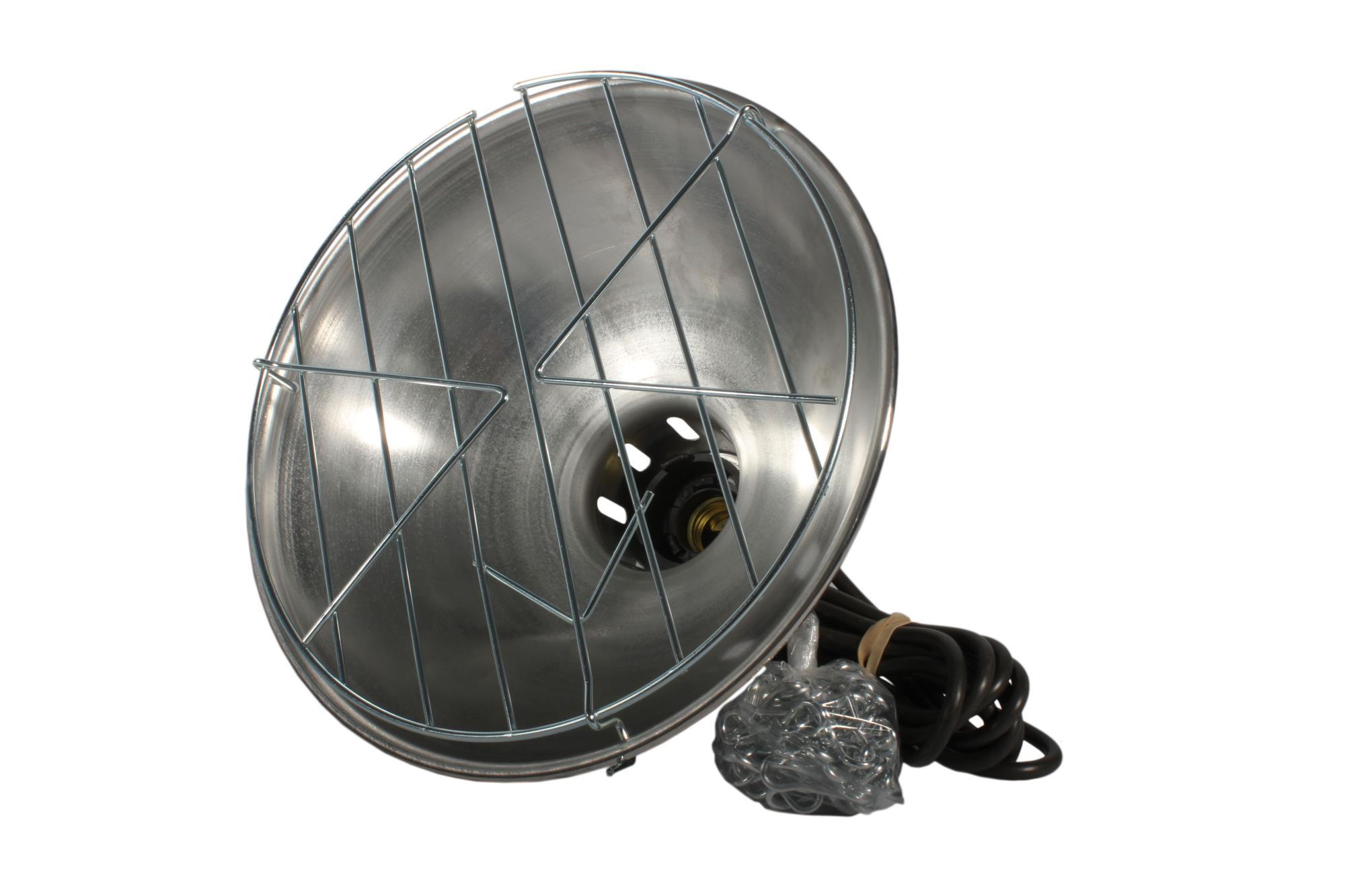
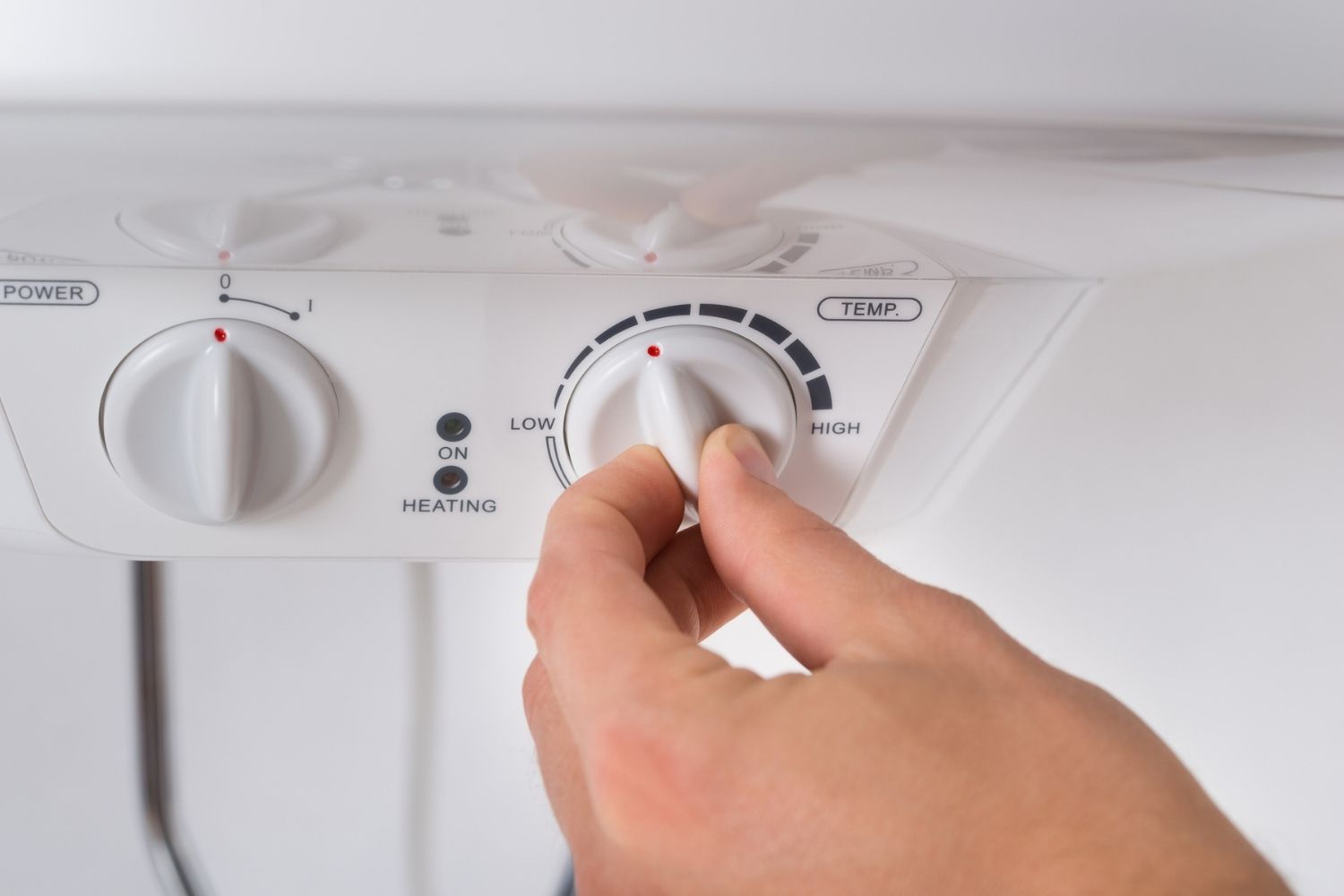
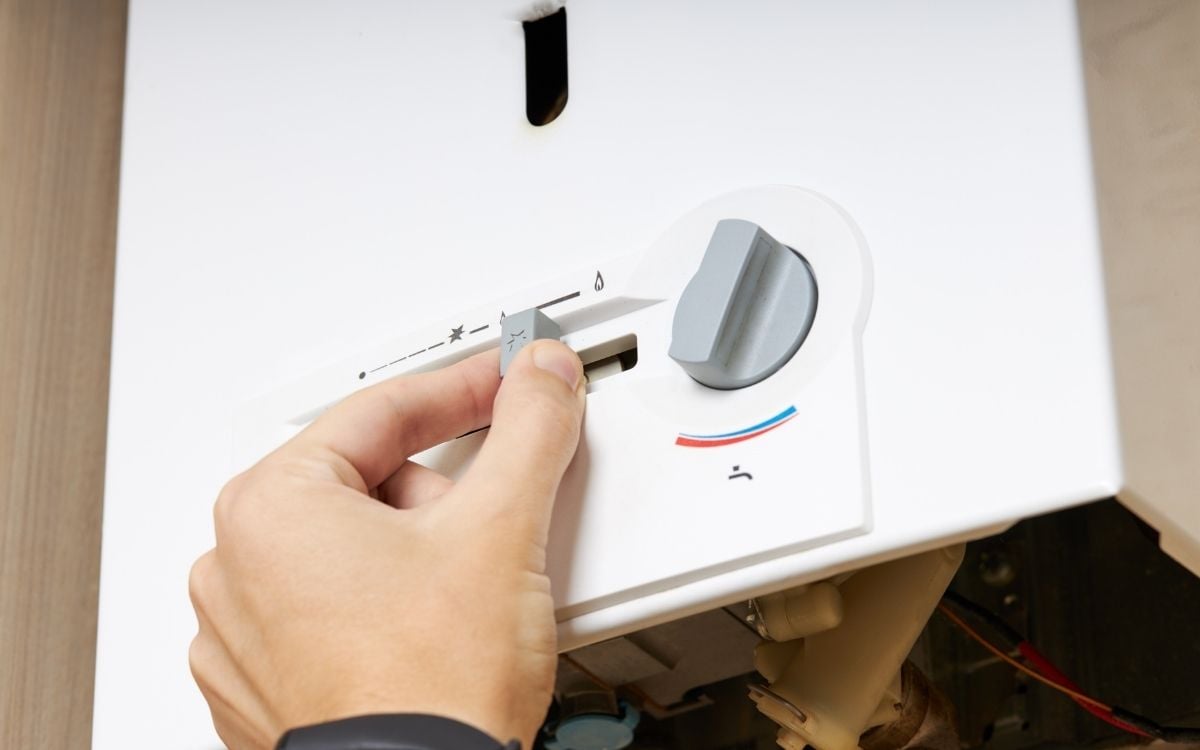
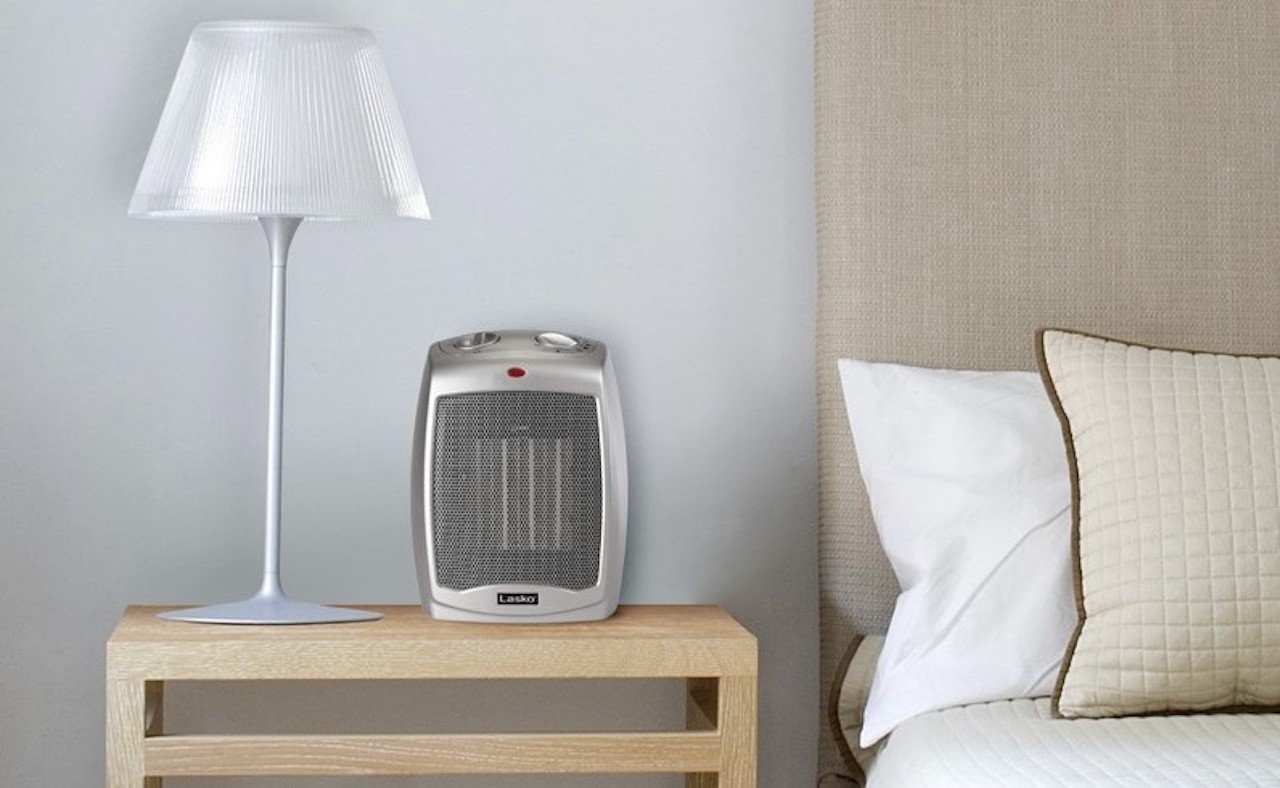
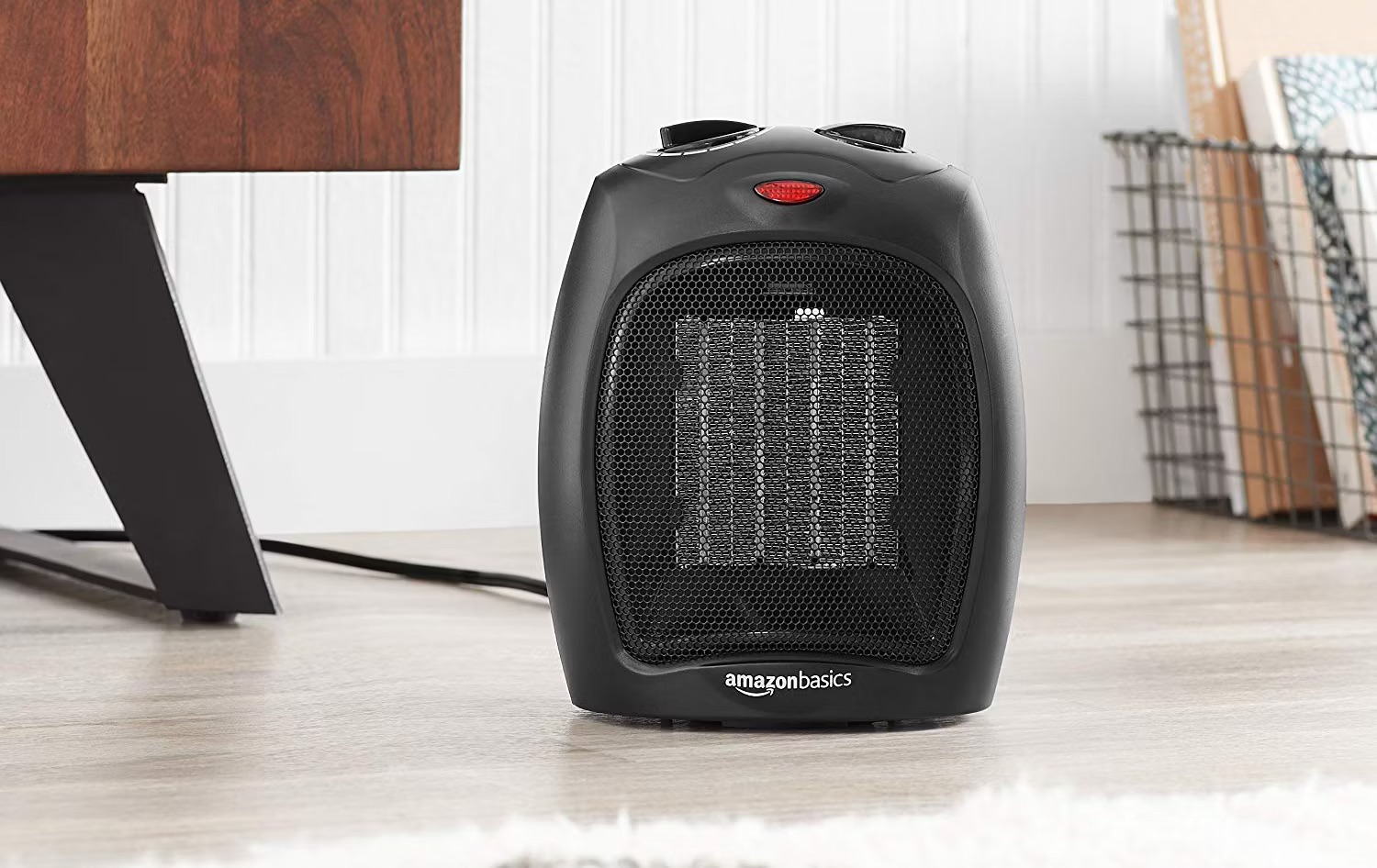
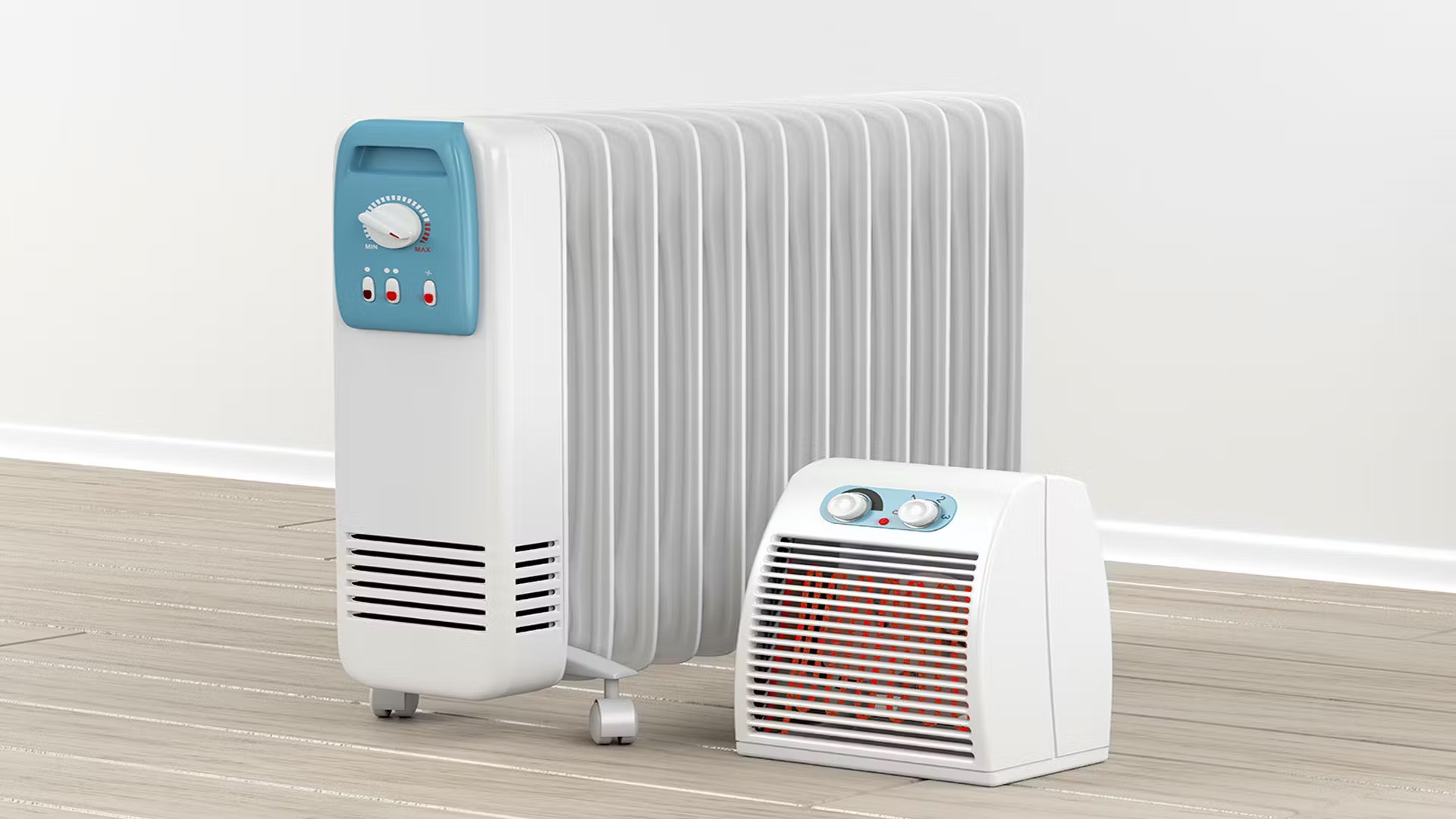
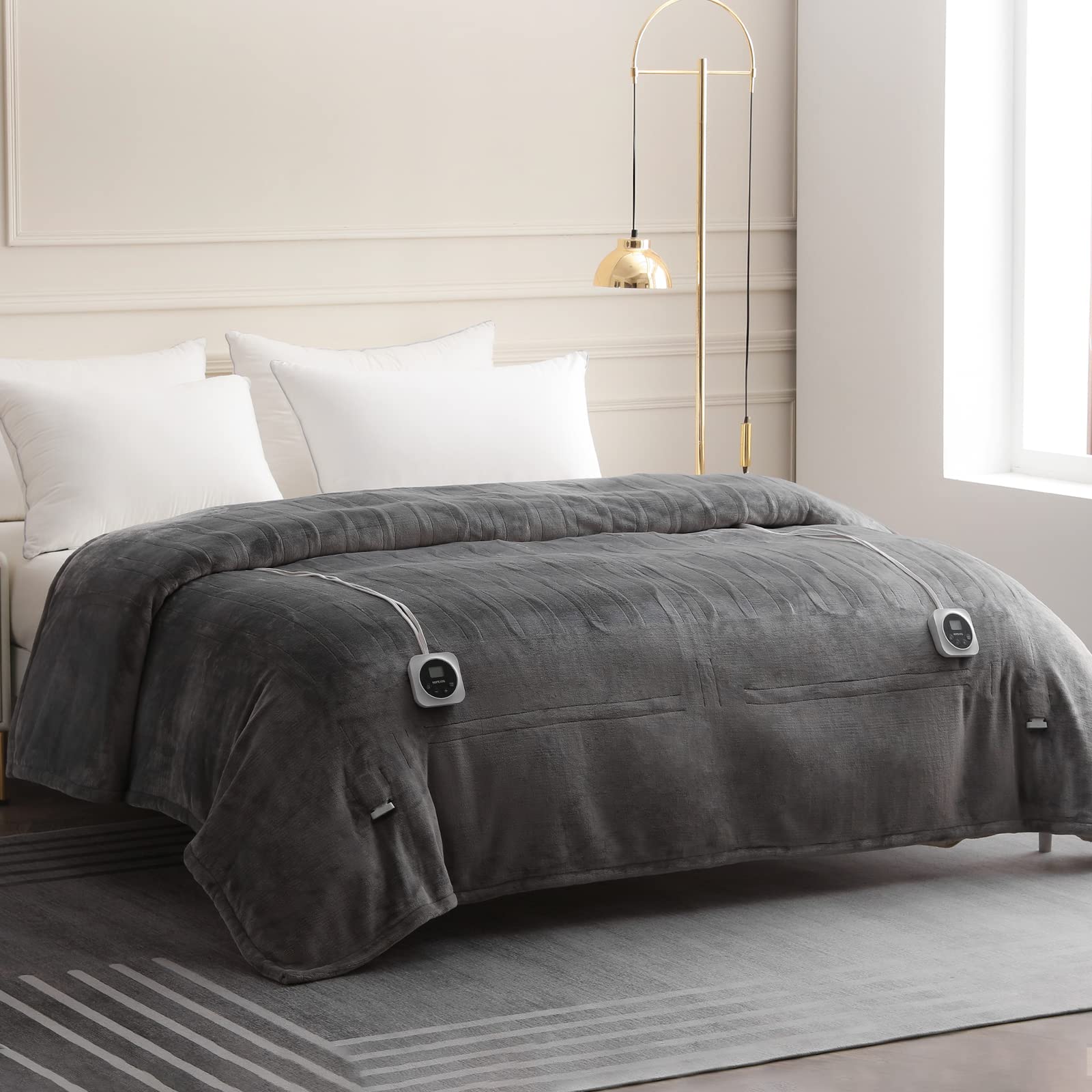
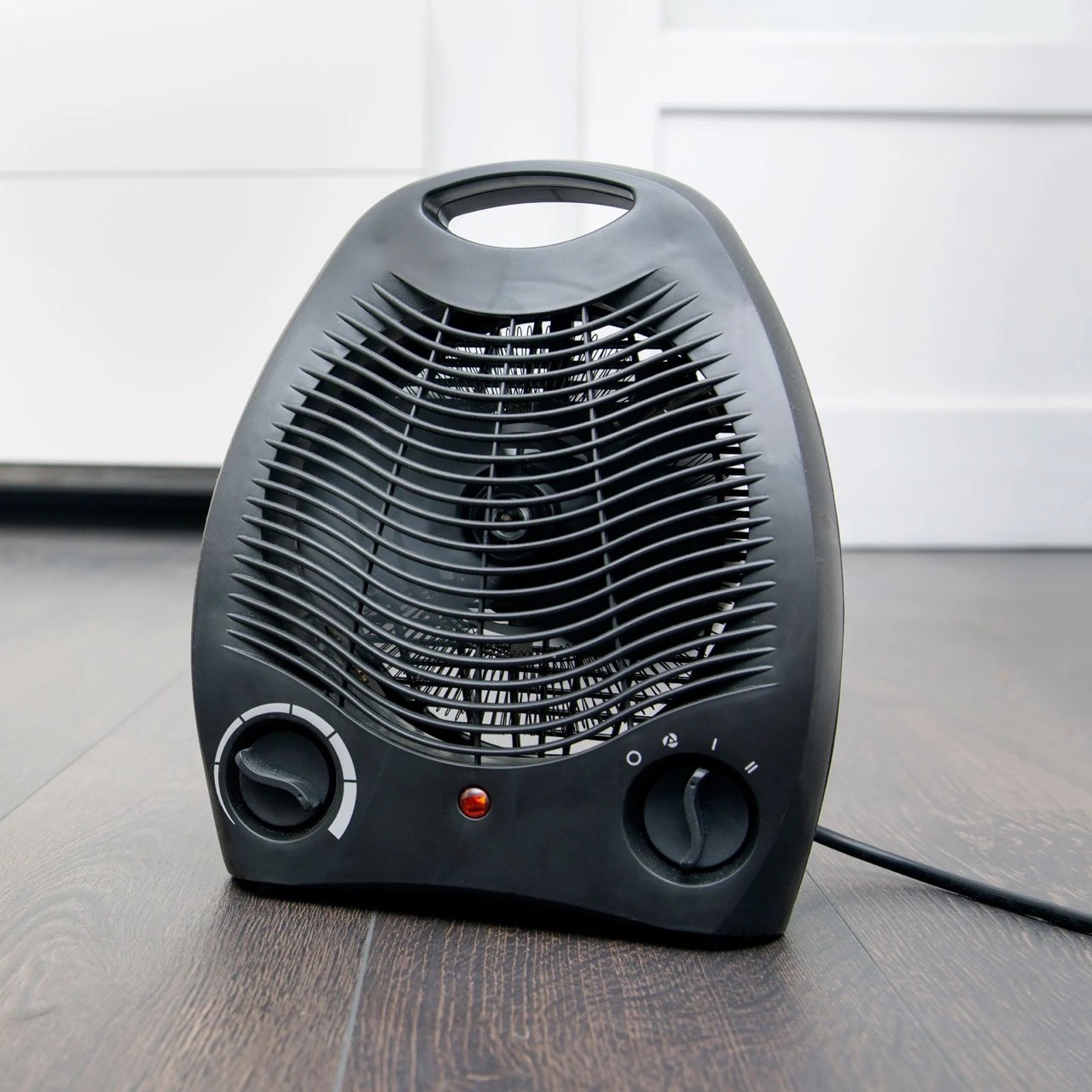
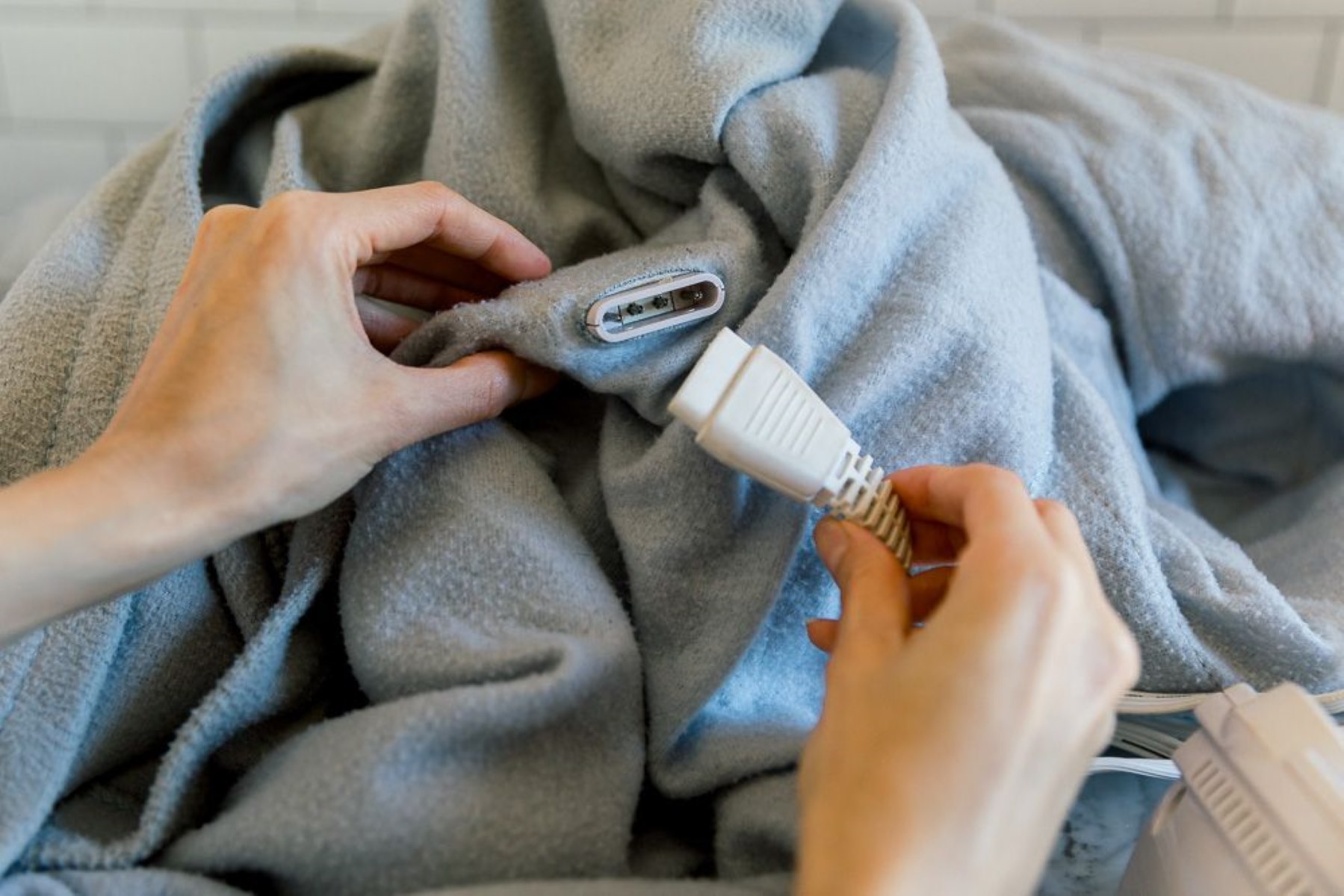
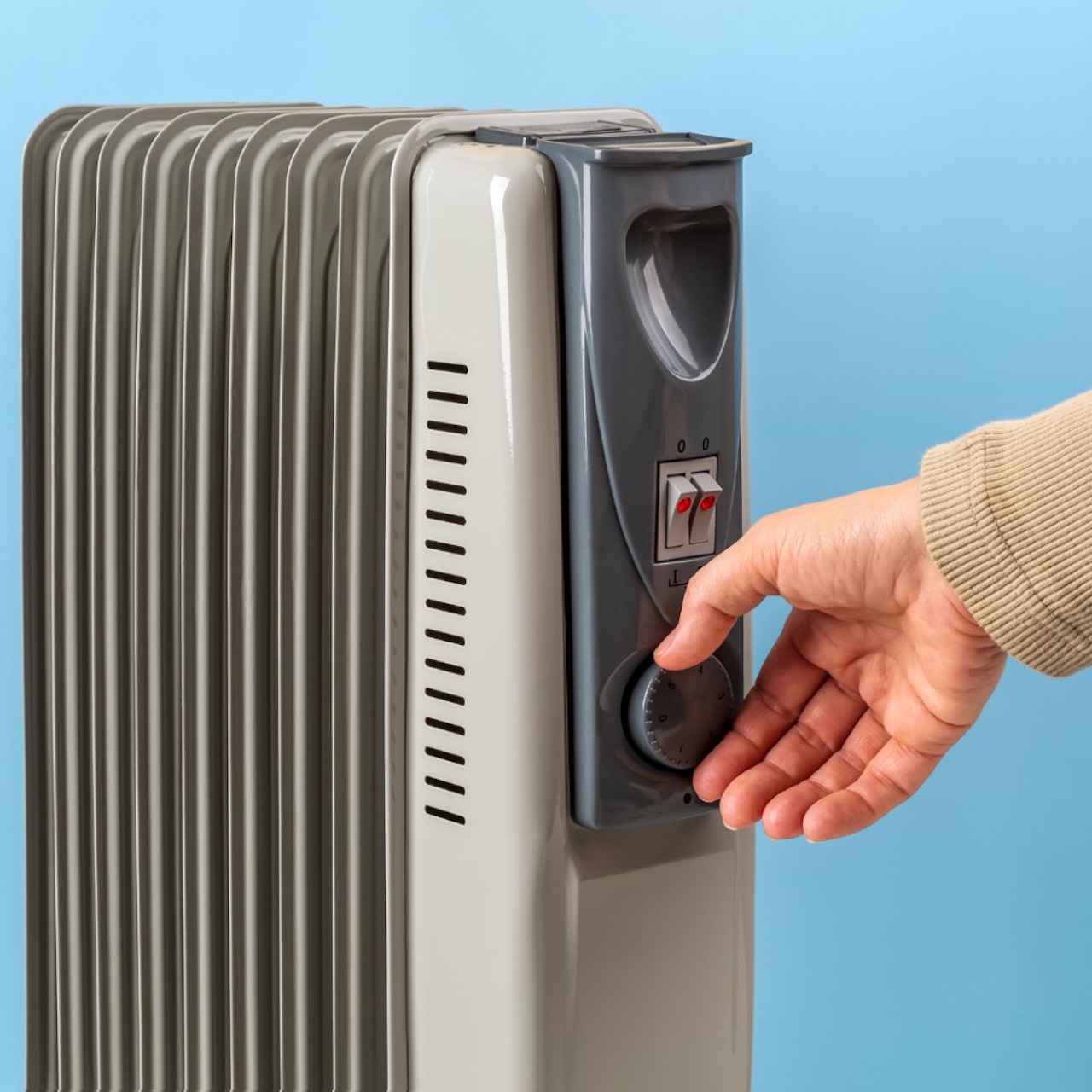
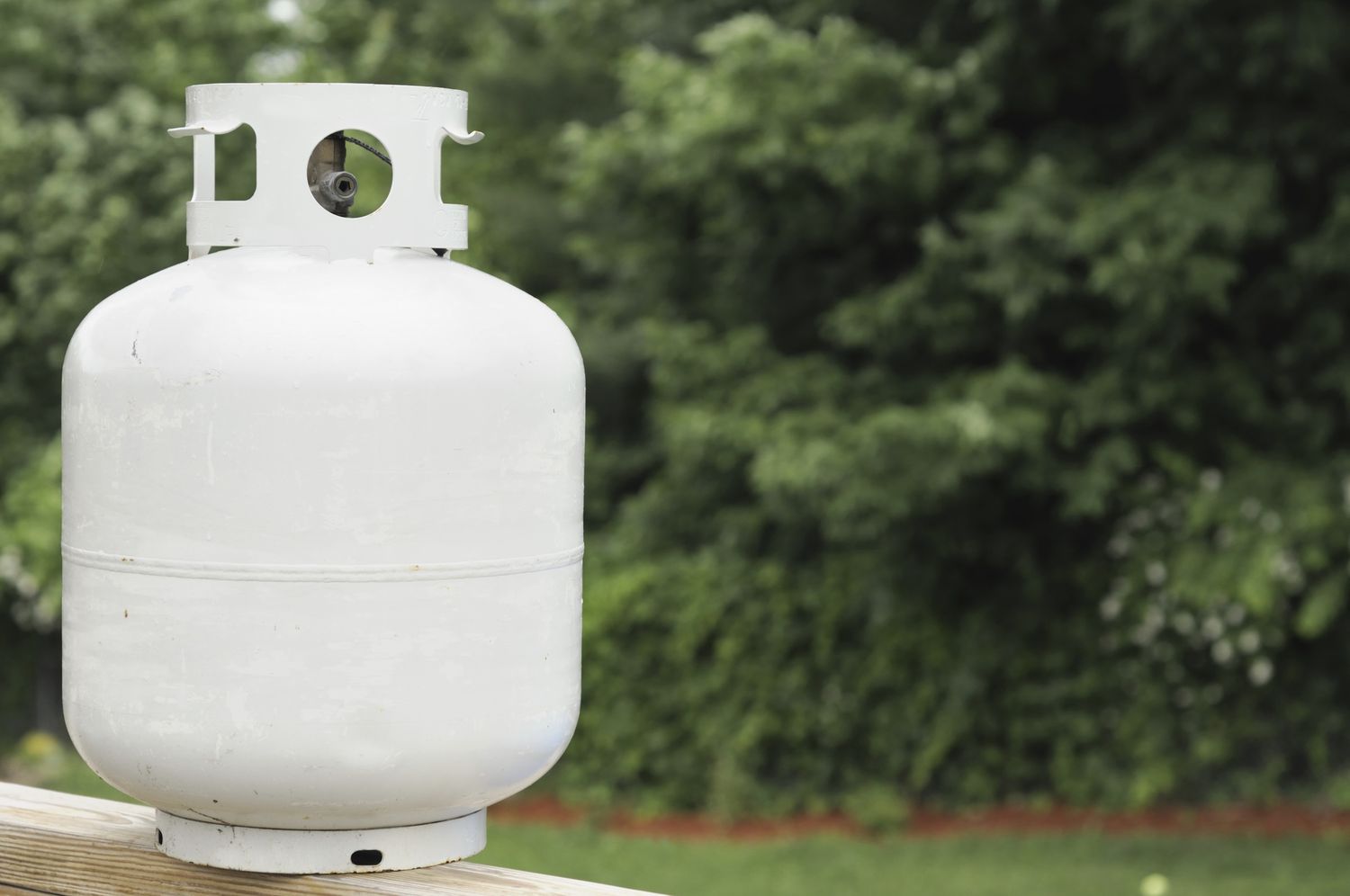
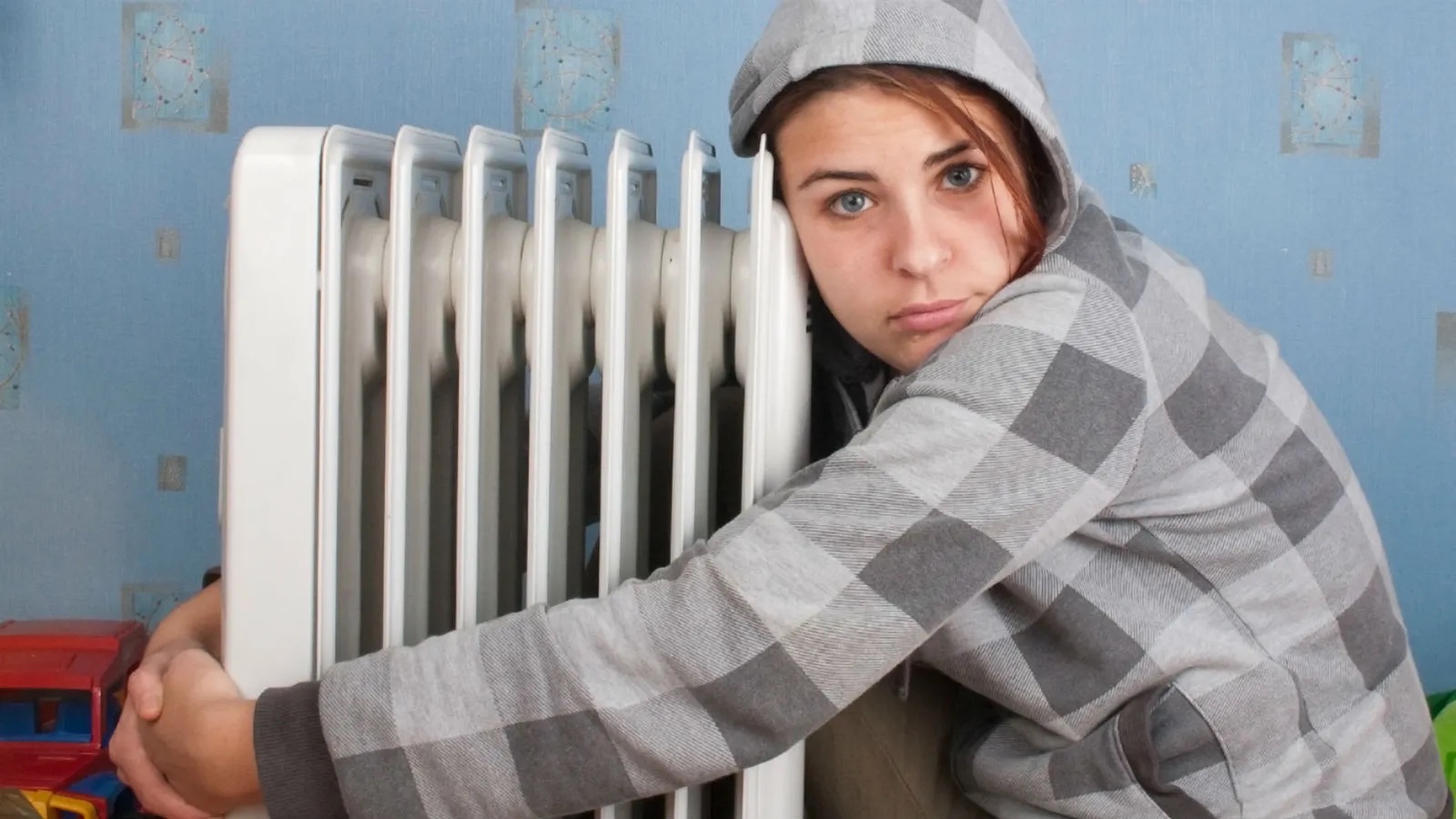
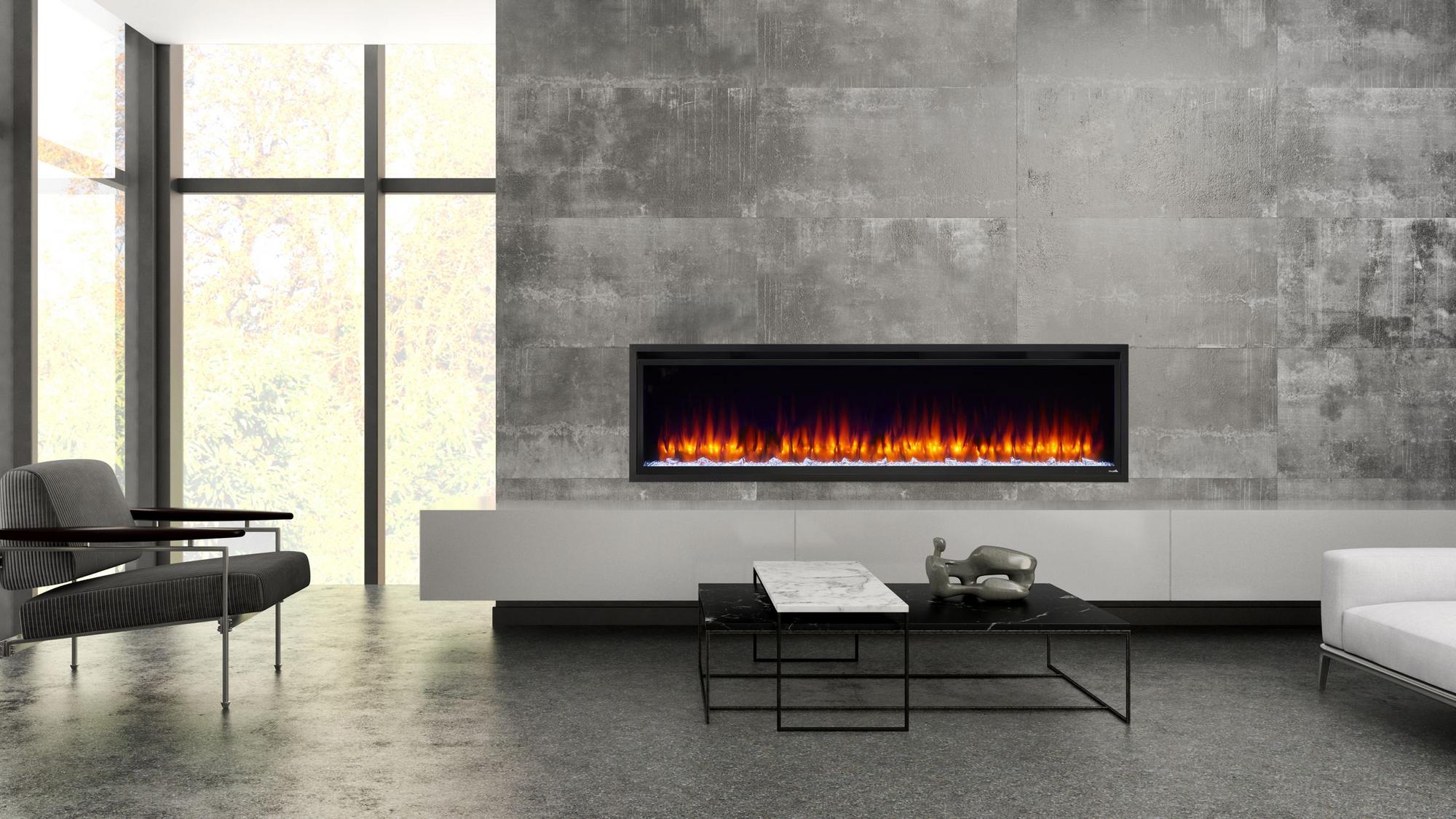

0 thoughts on “How Much Electric Does A Space Heater Vs. A Heated Blanket Use?”